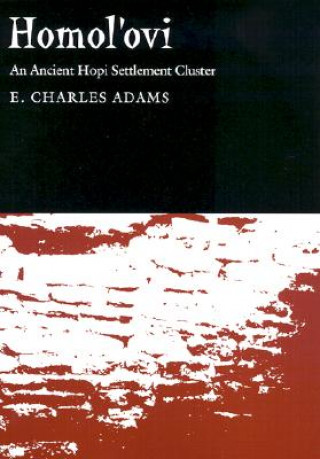
Kód: 06339775
Homol'Ovi
Autor E. Charles Adams
Beginning sometime in the thirteenth century, people from the Hopi Mesas established a cluster of villages to the south along the Little Colorado River, attracted by the river's resources and the region's ideal conditions for grow ... celý popis
- Jazyk:
 Angličtina
Angličtina - Vazba: Pevná
- Počet stran: 304
Nakladatelství: University of Arizona Press, 2002
- Více informací o knize

Mohlo by se vám také líbit
-

Thunderweavers/ Tejedoras De Rayos
525 Kč -

Weiss Ratings Guide to Property & Casualty Insurers, Summer 2015
10575 Kč -

INSTRUCTOR
633 Kč -
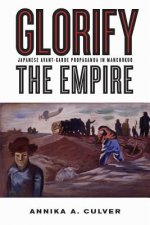
Glorify the Empire
992 Kč -
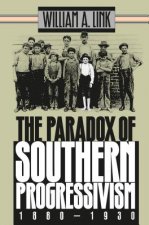
Paradox of Southern Progressivism, 1880-1930
1665 Kč -
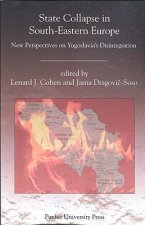
State Collapse in South-Eastern Europe
1638 Kč -

Revealing Light
176 Kč
Informovat o naskladnění knihy
Zadejte do formuláře e-mailovou adresu a jakmile knihu naskladníme, zašleme vám o tom zprávu. Pohlídáme vše za vás.
Více informací o knize Homol'Ovi
 Anotace knihy
Anotace knihy
Beginning sometime in the thirteenth century, people from the Hopi Mesas established a cluster of villages to the south along the Little Colorado River, attracted by the river's resources and the region's ideal conditions for growing cotton. By the late 1300s, these Homol'ovi villages were the center of a robust trade in cotton among many clusters of villages near or on the southern Colorado Plateau and were involved in the beginning of katsina religion.Charles Adams has directed fifteen years of research at these sites for the Arizona State Museum, including excavations in five of the seven primary Homol'ovi villages and in other villages predating them. Through this research he concludes that the founders of these settlements were Hopis who sought to protect their territory from migrating groups elsewhere in the Pueblo world. This book summarizes that research and broadens our understanding of the relationship of Homol'ovi to ancient and modern Hopi people.Each Homol'ovi village had a unique history of establishment, growth, sociopolitical organization, length of occupation, and abandonment; and although the villages shared much in the way of material culture, their size and configuration were tremendously varied. By comparing Homol'ovi research to information from projects on other settlements in the area, Adams has been able to reconstruct a provocative history of the Homol'ovi cluster that includes relationships among the individual villages and their relationships to nearby clusters. He shows that social organization within villages is apparent by the number and variety of ritual structures, while political organization among villages is indicated by the need for Cooperationto share water for irrigation and by the exchange of such materials as pottery, obsidian, and ground stone.Adams advances several important theories about why Homol'ovi was founded where and when it was, who its founders were, and the importance of cotton in making Homo
 Parametry knihy
Parametry knihy
Zařazení knihy Knihy v angličtině Humanities Archaeology Archaeology by period / region
- Plný název: Homol'Ovi
- Podnázev: An Ancient Hopi Settlement Cluster
- Autor: E. Charles Adams
- Jazyk:
 Angličtina
Angličtina - Vazba: Pevná
- Počet stran: 304
- EAN: 9780816522217
- ISBN: 9780816522217
- ID: 06339775
- Nakladatelství: University of Arizona Press
- Hmotnost: 626 g
- Rozměry: 235 × 160 × 25 mm
- Datum vydání: 01. February 2002
Oblíbené z jiného soudku
-
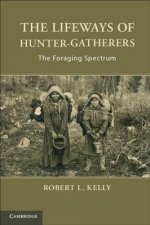
Lifeways of Hunter-Gatherers
855 Kč -

Lost Technologies of Ancient Egypt
550 Kč -

Magicians of the Gods
378 Kč -
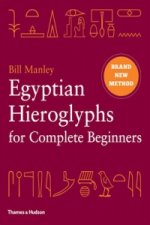
Egyptian Hieroglyphs for Complete Beginners
343 Kč -

Horse, the Wheel, and Language
776 Kč -

War before Civilization
689 Kč -

Petra
222 Kč -

Cat in Ancient Egypt
302 Kč -

Complete Pompeii
543 Kč -
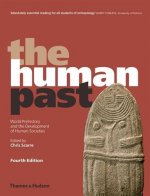
Human Past
1657 Kč -

Scenes from Prehistoric Life
677 Kč -

Across Atlantic Ice
1076 Kč -

Book of Enoch
933 Kč -

Timewalkers
507 Kč -

Creating the Human Past
1076 Kč -
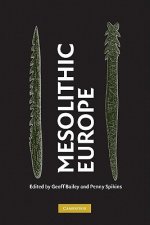
Mesolithic Europe
3414 Kč -
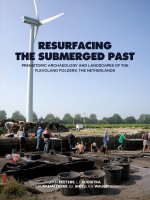
Resurfacing the Submerged Past
1840 Kč -

American Beginnings
2119 Kč -
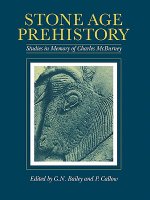
Stone Age Prehistory
806 Kč -
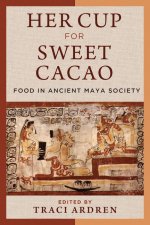
Her Cup for Sweet Cacao
1666 Kč -

Lindow Man
443 Kč -

Against the Grain
476 Kč -

Dress Accessories, c. 1150- c. 1450
898 Kč -

Rise of Bronze Age Society
2003 Kč -

Lewis Chessmen: Unmasked
247 Kč -
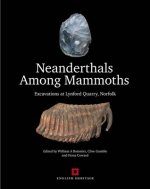
Neanderthals Among Mammoths
4988 Kč -

Biblical Archaeology: A Very Short Introduction
249 Kč -
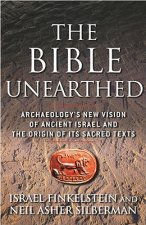
Bible Unearthed
423 Kč -

Seismosaurus
2755 Kč -
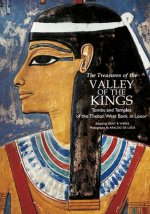
Treasures of the Valley of the Kings
725 Kč -

Divine Creatures
655 Kč -

Tutankhamun
810 Kč -
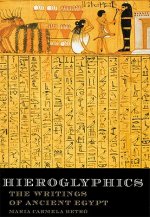
Hieroglyphics
738 Kč -
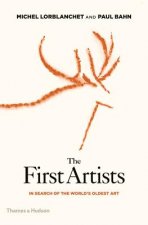
First Artists
542 Kč -

In Search of the Indo-Europeans
851 Kč -

Performance Power and the Art of the Aegean Bronze Age
1451 Kč -

Tasting the Past
673 Kč -

Classical Archaeology 2e
1076 Kč -

Upper Pleistocene Prehistory of Western Eurasia
2192 Kč -

Humans at the End of the Ice Age
5060 Kč -

Medieval European Coinage: Volume 14, South Italy, Sicily, Sardinia
2184 Kč -

Prehistory: A Very Short Introduction
273 Kč -
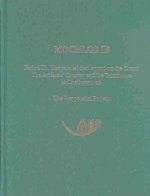
Mochlos IB
3149 Kč -

Salt in Prehistoric Europe
929 Kč -

Prehistoric Rock Art
835 Kč -

Medieval Household
1423 Kč -

Complete Cities of Ancient Egypt
763 Kč -

First Signs
329 Kč -

Mesolithic Europe
1783 Kč
Osobní odběr Praha, Brno a 12903 dalších
Copyright ©2008-24 nejlevnejsi-knihy.cz Všechna práva vyhrazenaSoukromíCookies



 Vrácení do měsíce
Vrácení do měsíce 571 999 099 (8-15.30h)
571 999 099 (8-15.30h)